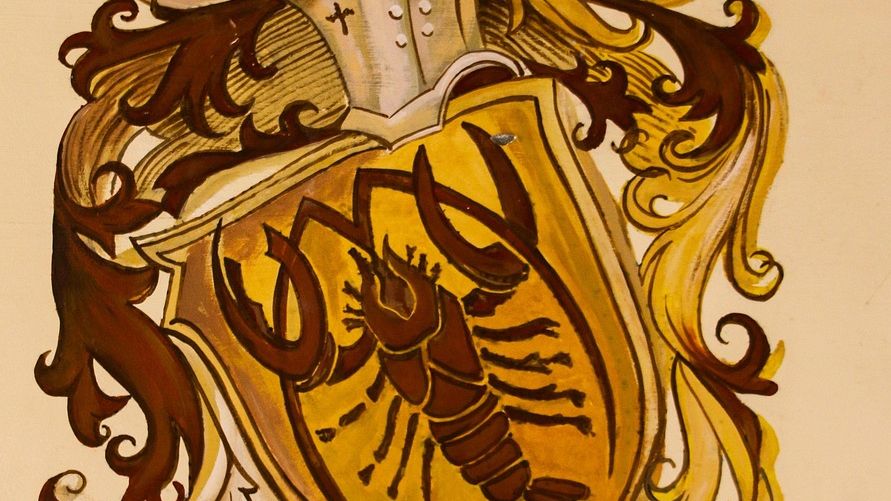That Extra Pull: Gravity’s Subtle Tug (Image Credits: Unsplash)
The night sky glows a little brighter under a supermoon’s silvery light, casting long shadows that play tricks on the imagination.
That Extra Pull: Gravity’s Subtle Tug
Imagine the moon inching closer to Earth, its gravitational force cranking up just enough to swell ocean tides beyond the norm. This isn’t some cosmic prank; it’s basic physics at work. Yet when it comes to our own bodies, that same pull barely registers.
Scientists point out the human frame is mostly water, sure, but we’re not vast oceans sloshing around. The difference in gravitational influence during a supermoon is so tiny it doesn’t stir our blood or bend our moods. It’s like trying to feel a feather’s weight on a mountaintop – there, but forgettable.
Still, folklore whispers otherwise. Ancient tales tie lunar phases to everything from wolf howls to human howlers, setting the stage for modern myths.
The Lunacy Legend: Where It All Began
Here’s a startling twist: the word “lunatic” stems directly from “luna,” the Latin for moon. For centuries, people swore full moons – and by extension, supermoons – turned folks a bit mad. Emergency rooms supposedly buzzed, streets grew rowdier, all under that bloated orb.
Think back to old police logs or hospital shifts. Officers in places like Brighton, UK, once beefed up patrols around full moons, convinced violence spiked. Kentucky cops echoed the sentiment, blaming temporary crime bumps on the lunar glow. It’s a belief that’s stuck around, fueled by dramatic nights we all remember.
But dive into the data, and the story shifts. Studies spanning years and cities, from urban sprawls to quiet towns, reveal no real pattern. Crime rates hold steady, no matter the moon’s size.
Crime Under the Moon: What the Numbers Say
Picture this: a year-long tally of offenses in a bustling city, broken down by lunar cycles. Researchers crunched the stats on everything from thefts to assaults. The verdict? No surge during full or super phases.
One analysis from the 1980s looked at police reports across rural, urban, and industrial spots. Incidents didn’t climb with the moon’s fullness. More recent digs, like those examining weather alongside lunar pulls, confirm the same – daily fluctuations in temperature or crowds explain any blips far better than celestial ones.
Even hate crimes or erratic acts show no lunar link in broader reviews. It’s confirmation bias at play: we spotlight the wild full-moon tales and ignore the calm ones.
Behavior Beyond Crime: Sleep, Mood, and Mayhem
Beyond the badge, what about everyday quirks? Supermoon brightness can tweak sleep patterns, nudging melatonin levels and leaving some folks groggier. Less shut-eye might amp up irritability, sure, but that’s no direct moonbeam madness.
Psychological reports dismiss strong ties to aggression or hospital rushes. A deep dive into geophysical variables found myths outweigh mechanisms. Serotonin shifts happen, yet they don’t reliably spark chaos.
- No spike in ER visits tied to supermoons.
- Property crimes follow seasonal trends, not lunar ones.
- Acting-out behaviors link more to stress than stars.
- Police anecdotes persist, but stats debunk them.
- Modern studies, up to 2025, reinforce the no-effect consensus.
Supermoon Science: Tides Yes, Tempers No
Zoom out to the big picture. Supermoon gravity amps tides by a measurable notch, aiding coastal forecasts. For humans, though? Imperceptible. Our planet’s spin and daily rhythms drown out any lunar whisper on personal scales.
Experts like those at ResearchGate or Wikipedia compilations agree: purported effects crumble under scrutiny. A 2010 ScienceDirect paper on lunar cycles and incidents found popular notions entertaining but unfounded.
Yet the allure endures. Next supermoon – perhaps the one looming in early November 2025 – watch how social media lights up with “lunatic” stories. It’s human nature to seek patterns in the sky.
Why We Cling to the Myth
At its core, this fascination ties to our wiring. Bright nights invite more activity, upping chances for mishaps we then blame on the moon. It’s a shortcut for the unexplained, like pinning a bad day on Mercury retrograde.
News outlets and posts on platforms like X keep the fire alive, sharing tales of heightened energy or ritual vibes. One recent buzz warned of “satanic sacrifices” under harvest moons – pure exaggeration, but it spreads fast.
Understanding this helps us enjoy the spectacle without the superstition. Gaze up, marvel at the view, but sleep sound knowing the moon’s not pulling your strings.
Key Takeaways
- Supermoons boost tides, not human havoc.
- Crime and behavior myths lack scientific backing.
- Enjoy the view; blame bad nights on real factors like fatigue.
In the end, supermoons remind us of our small place in the cosmos – awe-inspiring, but not puppeteering our lives. Next time one rises, step outside and feel the wonder without the worry. What lunar legend have you heard that stuck with you? Share in the comments.




